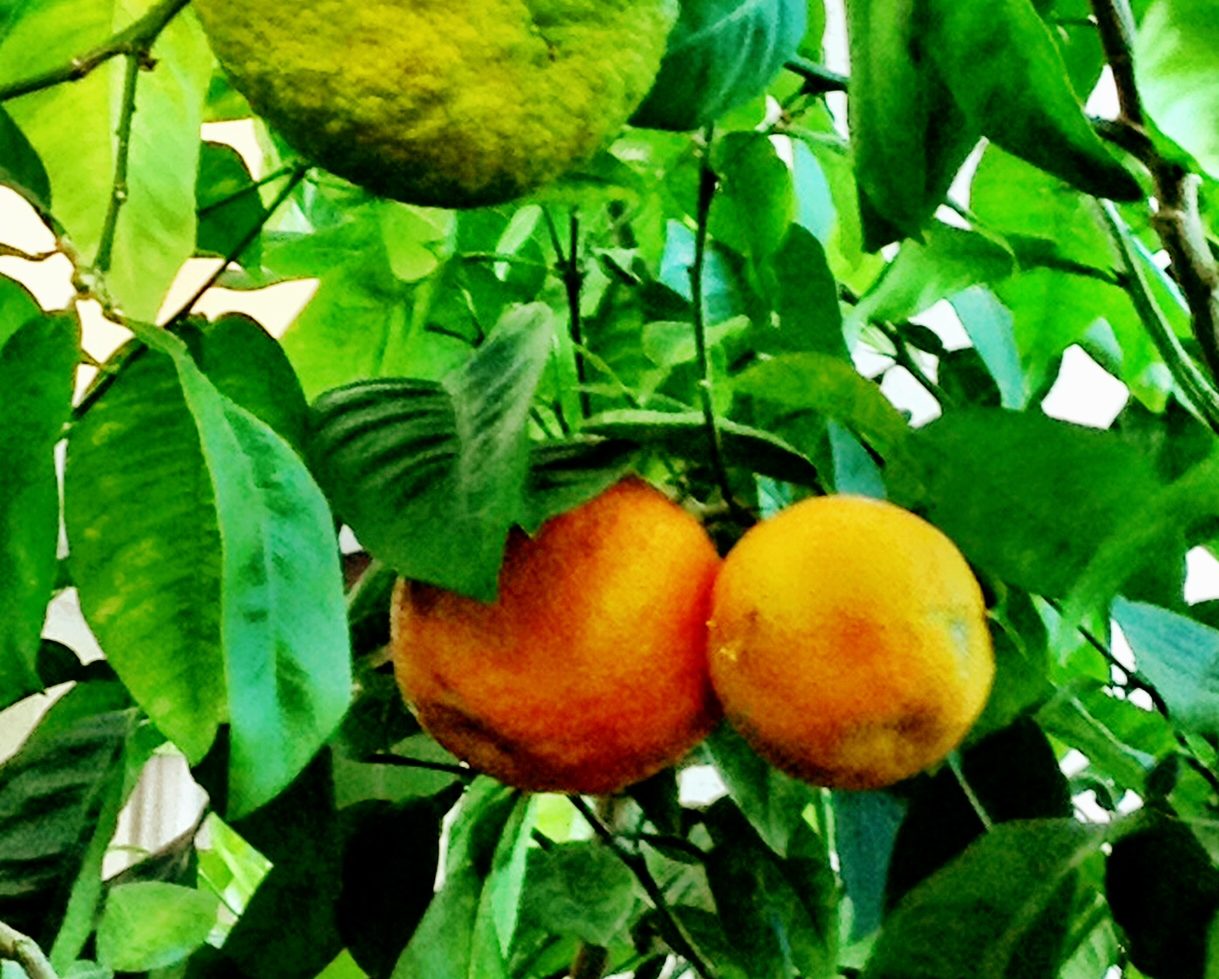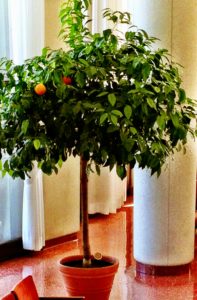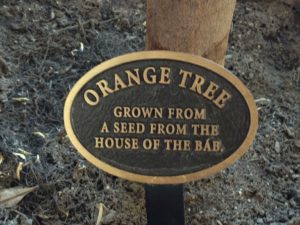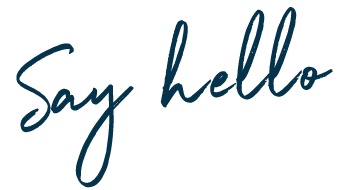
Orange tree is a living reminder of the Bab

Every May, Baha’is commemorate the anniversary of the night in 1844 that marks the beginning of the Baha’i Faith.
On that night, Siyyid ‘Ali-Muhammad, who became known as the Bab (“the Gate” in Arabic), declared that the time for new revelation from God had arrived. He said the world should prepare for “Him whom God shall make manifest,” God’s Messenger Who would unite all the peoples of the world in one family. Baha’is now know this Messenger to be Baha’u’llah.
The historic house in Iran in which the Bab’s declaration took place was destroyed by the Iranian Revolutionary Guard in 1979. But a living treasure from the house remains in the United States, at the Baha’i House of Worship in Wilmette, Illinois, in the form of an orange tree. In the spirit of the 200th anniversary of the birth of the Bab, observed Oct. 29, 2019, here is the story of that tree.
In the late 1960s La Verne Rhode, a Baha’i from Tucson, Arizona, visited the House of the Bab in Shiraz, in southern Iran. She collected some seeds from an orange tree growing there. After her return to the United States, she planted the seeds in five separate containers, and each seed grew into a sapling. One of these young trees was given to George Adams, in Nashua, New Hampshire.

In 1980 Adams presented the tree as a gift to the National Spiritual Assembly, the elected governing council of the Baha’is of the United States. He asked that it be placed in the Auditorium of the Baha’i House of Worship, and this gift was gratefully accepted. Ernest Lopez, who was the superintendent of grounds at the Temple, made arrangements to have the tree shipped from New Hampshire.
When it arrived, Lopez replanted the tree in a larger pot and sheltered it in a nearby greenhouse to allow it to adjust to the move. Horticulturist Tom Klitzkie then took over its care and the tree was moved to the Auditorium, where it stayed for the next 20 years.
By 2000, though, the tree was distressed and dropping leaves. By then the House of Worship staff had contracted with a plant care company whose employees did not know the tree’s history or significance, and they simply removed it from the Auditorium. The branches were pruned off and the potted trunk was left for trash.
Scott Conrad, project manager for restoration work happening at the Temple, found the abandoned tree. Conrad, a native of California, recognized the forlorn plant as an orange tree and surmised it to be the one from the House of the Bab.
The tree was rescued and moved into an office in one of the service buildings. There, with the tender loving care of Pat Armbruster, who was also working on the Temple restoration, the tree was revived, and by fall 2008 its branches reached the office ceiling. The tree was returned to the House of Worship with a plaque that identified it as the treasure that it was.
The orange tree bore fruit during its early years in the Auditorium, but did not do so during later years while it was under stress. Then, in late in 2010, four oranges appeared. In summer 2011, the tree bore more than 20 oranges, all of which matured into a full rich orange color. These were harvested and made into jars of marmalade that were shared as special gifts. Fragrant blossoms and a crop of oranges have appeared every year since.

“Sometimes visitors ask us if they can have one of the oranges,” says Christopher Vodden, director of the Activities Office at the Baha’i House of Worship. Such requests mostly come from people who have been on pilgrimage to the Baha’i holy places in and near Haifa, Israel, and have been given oranges from the abundant trees in that area. “We prefer to leave the oranges on the tree because they are so pretty,” says Vodden.
Baha’i Lisa Haese Smith, a musician now living in Australia, used to visit the House of Worship regularly. She noticed the orange tree growing there and says she was inspired by its “noble, sweet and humble presence.”
“I imagined the courtyard garden of the House of the Bab; the fragrance and the beauty of that place,” she wrote in liner notes for a CD of her piano music. “An orange tree diffuses its beauty, fragrance and fruit across time and place; from a courtyard garden in Persia to the Baha’i Temple on the shores of Lake Michigan; evocative and inspiring songs of Journeys and Places.”
“I wanted to write a piece of music that somehow captured that place and that time, and the story of how the orange tree had come to be standing half way across the world in the House of Worship in America.”




